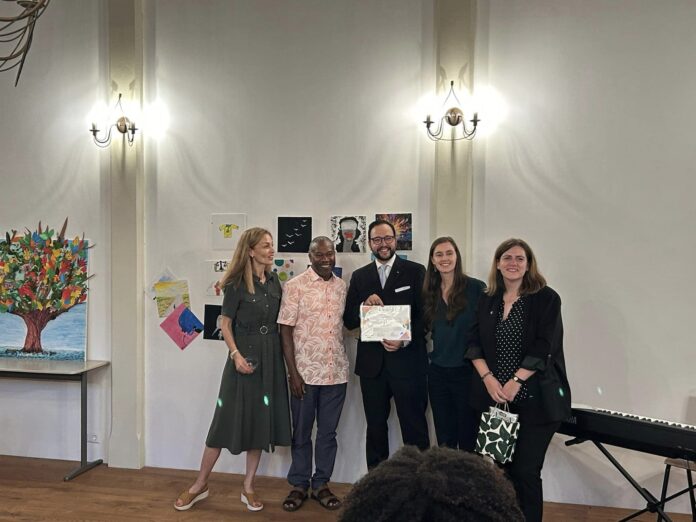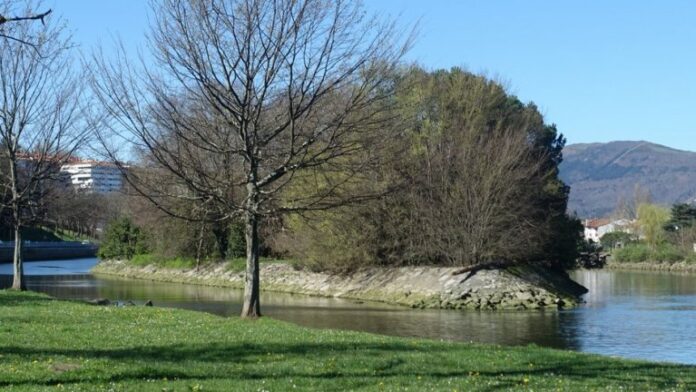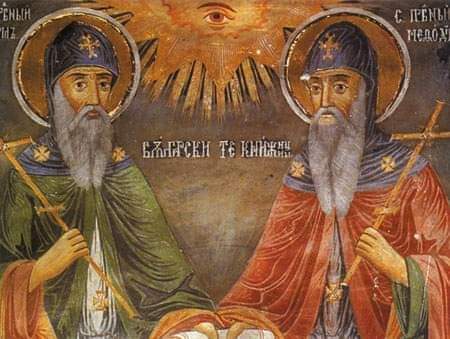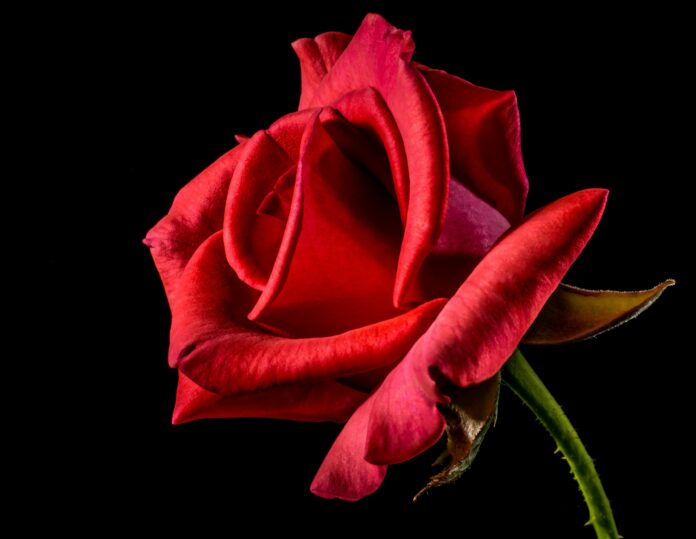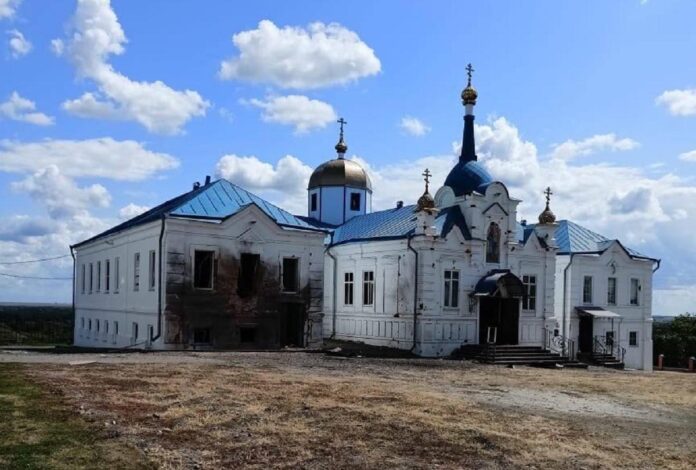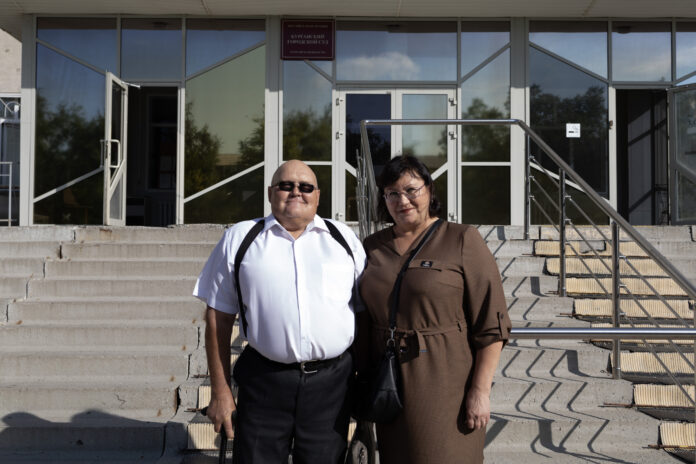By United Religions International Europe
The “Seeding the Peace” URIE Interfaith youth camp, held in The Hague, Netherlands, brought together 20 young participants and six youth facilitators from across Europe for a unique five-day experience (1-6 of August 2024). This camp aimed to foster multicultural friendships, explore interfaith dialogue, and promote ecological justice.
It was supported by URI Europe and co-organized by 4 URIE CCs Bridges from Bulgaria, Voem from Belgium, Udhetim-i.Lire from Albania and Colorful Segbroek from The Netherlands which hosted the camp in the city of Peace and Justice, The Hague. Also, Sarah Oliver, URI Global Youth and Learning Coordinator, has played an important role in supporting and training youth facilitators.
Day 1: Building Friendships of Trust
The camp started with an official opening at the “Broeders van Sint-Jan Den Haag” Monastery, where participants from Bulgaria, Albania, Belgium, and the Netherlands gathered. Icebreaker games helped the youth bond and introduced the camp’s structure, dividing them into groups representing air, water, fire, and earth. These groups would take turns motivating their peers, maintaining order, and documenting their experiences.
Day 2: Creating Cultures of Interfaith Dialogue
On the second day, participants visited the Peace Palace, where they learned about its history and significance in promoting peace and international justice. This visit was followed by a workshop on interfaith dialogue, centered around the Golden Rule: “Treat others the way you want to be treated.” Through interactive games, the participants deepened their understanding of each other’s cultural and religious backgrounds, setting the stage for meaningful interfaith discussions.
Day 3: Environmental and Social Justice
The third day was a blend of cultural exploration and environmental education. Participants visited a Hindu temple, gaining insights into Hinduism’s rich cultural and spiritual traditions. This was followed by a workshop on environmental protection, where they discussed the importance of sustainability and practical steps they could take to protect the environment. The day concluded with a self-reflective activity where participants wrote postcards to their future selves, capturing their goals and aspirations.
Day 4: Peace and the Arts
A day full of energy, participants explored The Hague, visited famous landmarks, and enjoyed a fun beach activity. The afternoon session was led by HRH Prince Boris of Bulgaria, who came to support and to contribute to the idea of the cross-cultural and interfaith dialogue among young people. Being at the same age as youth facilitators. He accepted with great joy an invitation from Bridges CC to be part of the leading team and to deliver a workshop. “Seeding the creativity” was the title chosen for the session. The idea of peace and eco-justice was beautifully translated into an art piece made by all participants under Prince’s guidance. The day ended with a vibrant cultural exchange night, where participants shared their cultures through music, dance, and food, creating lasting memories and deepening their connections.
Day 5: Celebrating Peace in Action
The last day of the camp was marked by a visit to a liberal synagogue, where participants engaged in a meaningful dialogue with the rabbi. The day continued with a creative workshop titled “Express Your Freedom,” led by Carola Goodwin. Through painting, the youth expressed their understanding of freedom and human rights, culminating in a powerful exhibition of their work. The camp concluded with a shared dinner, reflection on the experiences, discussions on future collaborations, and a certificate ceremony.
The “Seeding the Peace” youth camp was a transformative experience, equipping young people with the skills and knowledge to be changemakers in their communities. The friendships formed, the lessons learned, and the cultural exchanges that took place will continue to inspire these young leaders as they work towards a more peaceful and just world.
Photo: HRH Prince Boris of Bulgaria at the certificate ceremony



